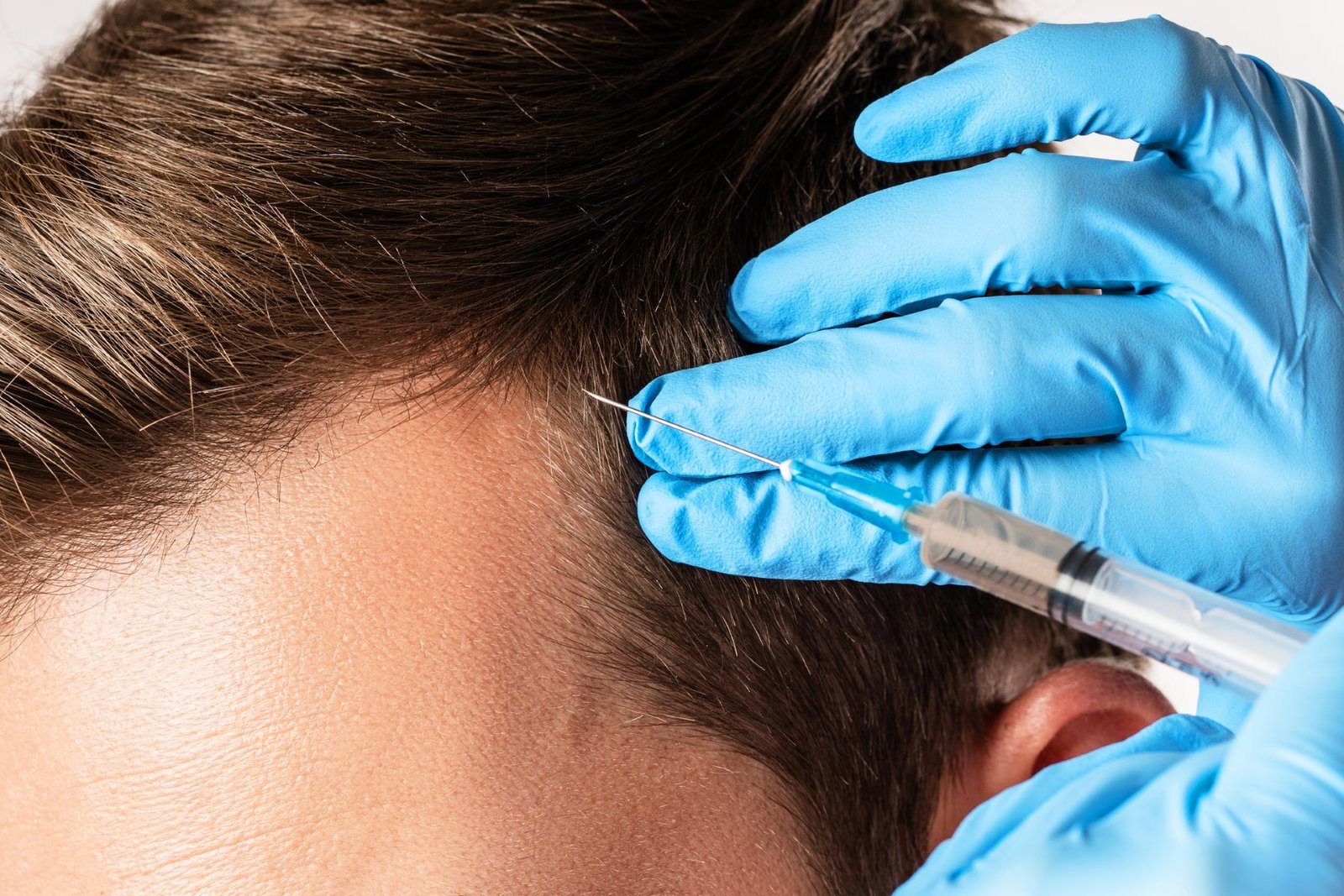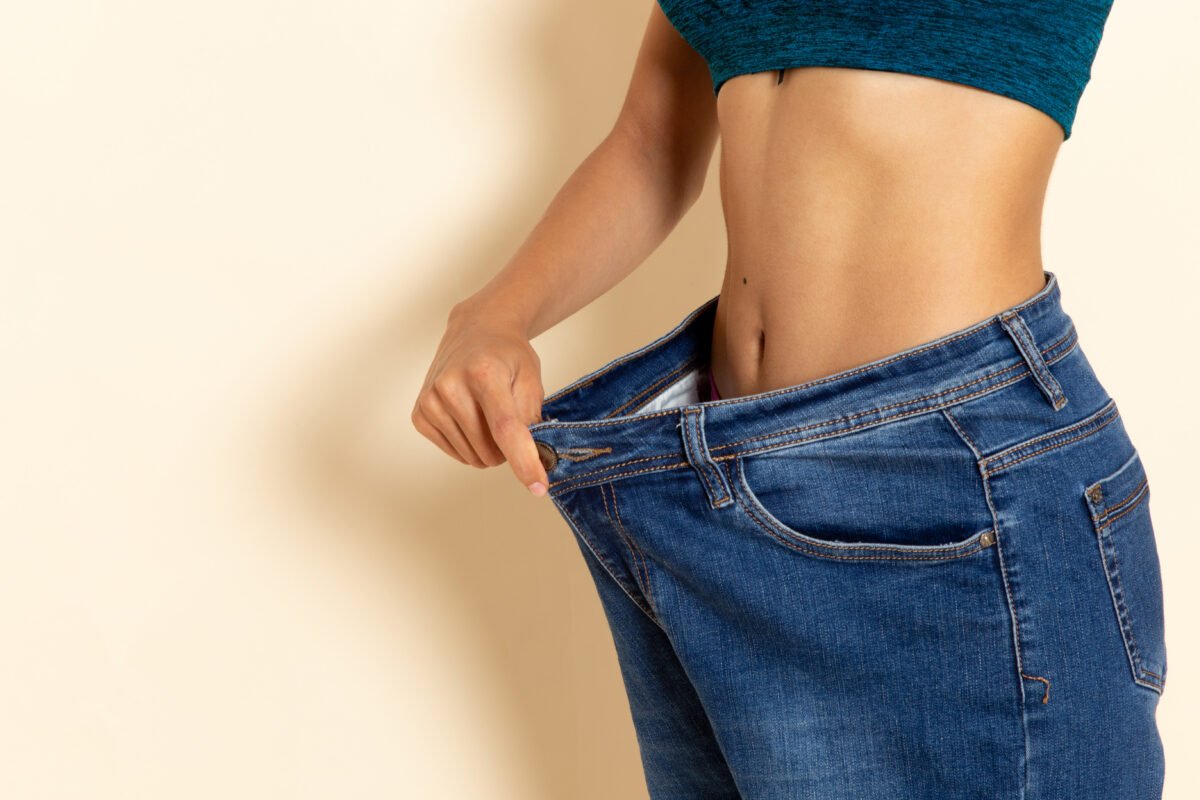Platelet-rich plasma (PRP) therapy has gained immense popularity as a natural and effective treatment for hair restoration. PRP Hair Treatment in Dubai is a sought-after solution for individuals dealing with hair thinning and loss. By using the patient’s blood platelets, PRP stimulates hair follicles and promotes hair regrowth. While this innovative procedure is generally safe, certain precautions must be taken to ensure optimal results and minimize potential risks.
What Are the Precautions for PRP Treatment?
PRP therapy involves a series of steps, from blood extraction and centrifugation to reinjection into the scalp. To ensure the best outcome, it is crucial to follow specific precautions before and after the treatment. These measures help enhance the effectiveness of the procedure and prevent complications.
Precautions Before PRP Treatment
Medical Evaluation and Consultation
- A detailed medical history should be provided to the specialist.
- Underlying conditions like autoimmune disorders, blood clotting issues, or active infections should be ruled out.
- Inform the doctor about any medications, including blood thinners and anti-inflammatory drugs.
Dietary and Medication Adjustments
- Avoid alcohol and smoking at least a week before the procedure.
- Refrain from taking aspirin, ibuprofen, and certain supplements that may increase the risk of bruising.
- Stay hydrated and consume a balanced diet rich in vitamins and minerals.
Scalp and Hair Preparation
- Wash your hair thoroughly on the day of the treatment to maintain a clean scalp.
- Avoid using any styling products such as gels, sprays, or creams.
- Do not undergo any chemical treatments like coloring or perming a week before PRP therapy.
Precautions During PRP Treatment
Sterile Procedure Compliance
- Ensure the procedure is performed in a sterile environment.
- The medical professional should use sterilized instruments and disposable syringes.
- The PRP solution must be prepared and injected using proper aseptic techniques.
Pain Management and Comfort
- A numbing cream or local anesthesia may be applied to minimize discomfort.
- If discomfort persists, inform the practitioner immediately.
- Mild swelling or redness is normal but should subside within a few hours.
Precautions After PRP Treatment
Immediate Post-Treatment Care
- Avoid touching, rubbing, or massaging the treated area for at least 24 hours.
- Do not wash your hair for at least 24–48 hours post-treatment.
- Refrain from applying hair care products like oils or serums for a few days.
Activity Restrictions
- Avoid strenuous physical activities, including gym workouts, for 48 hours.
- Minimize sun exposure to prevent irritation and sensitivity.
- Refrain from using hot showers, saunas, or steam rooms for a few days.
Long-Term Precautions for Best Results
- Maintain a healthy lifestyle with a nutritious diet and proper hydration.
- Follow the doctor’s recommendations for follow-up sessions.
- Avoid excessive hair treatments such as frequent dyeing or heat styling.
Foods to Include and Avoid Before PRP Treatment
| Foods to Include | Foods to Avoid |
|---|---|
| Leafy greens (Spinach, Kale) | Alcohol and caffeine |
| Nuts and seeds (Almonds, Walnuts) | Processed foods |
| Lean proteins (Chicken, Fish) | Sugary snacks |
| Fresh fruits (Berries, Citrus) | High-fat dairy products |
Common Medications to Avoid Before PRP Treatment
| Medications | Reason for Avoidance |
| Aspirin | Increases bleeding risk |
| Ibuprofen | Affects platelet function |
| Blood thinners | Enhances bruising potential |
| Corticosteroids | Suppresses immune response |
FAQs:
Is PRP hair treatment safe for everyone?
PRP therapy is generally safe, but it may not be suitable for individuals with blood disorders, severe anemia, or active infections. A consultation with a specialist is necessary to determine eligibility.
How soon can I see results after PRP therapy?
Results vary from person to person, but noticeable hair regrowth is typically observed after three to six months of consistent treatment sessions.
Can I undergo PRP treatment while taking medications?
Some medications can interfere with the effectiveness of PRP. It is crucial to inform your doctor about any ongoing treatments to adjust medication intake accordingly.
Are there any side effects of PRP hair treatment?
Mild swelling, redness, and tenderness at the injection site are common but usually resolve within a few days. Severe side effects are rare when proper precautions are followed.
How many PRP sessions are required for optimal results?
Most patients require multiple sessions, typically three to six, spaced one month apart. The exact number depends on the severity of hair loss and individual response to treatment.
Can I color my hair after the PRP treatment?
It is advised to wait at least two weeks before coloring or chemically treating your hair to prevent scalp irritation and damage.
Final Thoughts
PRP hair treatment in Dubai offers a promising solution for individuals seeking hair restoration. However, taking the necessary precautions before, during, and after the procedure is essential for achieving the best results. By following the expert guidelines and maintaining a healthy lifestyle, you can enhance the effectiveness of PRP therapy and enjoy long-lasting hair regrowth.



